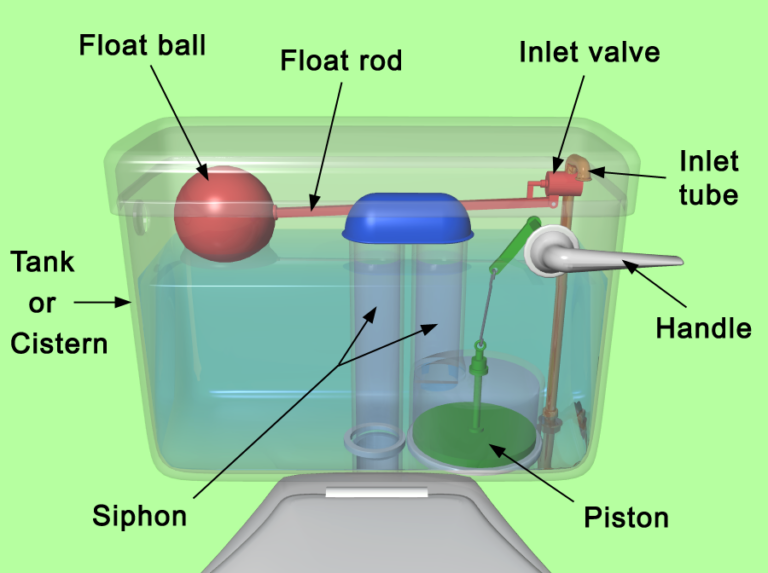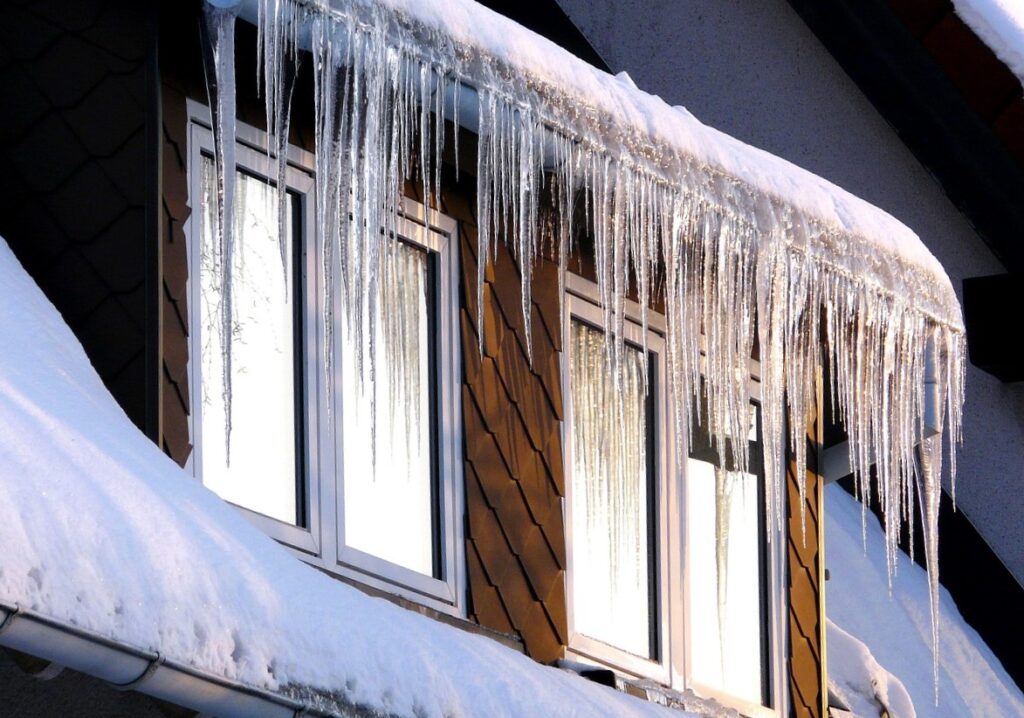Repairing A Running Toilet – Advice From A Plumber
After you flush the toilet, if continues to run, it can be a real inconvenience. The sound of water running can be annoying, and it can cause your water bill to skyrocket or something worse. There could be a few reasons for a running toilet and it’s important to find out as quickly as possible and fix the problem because a toilet that won’t stop running can lead to expensive water bills or even a flooded bathroom!
In fact, a running toilet could cost the average family as much as $1,000 in added water bills each year (not to mention the thousands of gallons of wasted water).
Use the following to diagnose the cause and possibly repair the issue. If none of these work, contact an experienced Plumber for help.
Why is my toilet running?
Leaks in or Around the Toilet
A slow toilet leak can end up costing thousands of dollars if not diagnosed and repaired properly. If your toilet is running and you can’t see an evident leak, be safe and add food coloring to the toilet bowl before you go to bed in the evening. If the water is clear the next morning, your toilet is leaking. Leaky toilets are difficult to repair without the help of a qualified plumber.
Faulty or Broken Toilet Parts
There are many different parts that all work together inside your toilet. If the toilet is leaking, start checking each of the following to make sure they are in working order:
The Toilet Flapper
This is by far the most common reason for a leaky toilet. The rubber parts of the toilet flapper wear down over time and will ultimately lose their seal causing improper closure.
The Water Line Adjuster
An incorrect water line inside the tank is the next most common cause of a leaky toilet. If the water fills below or above the water fill line, it will cause the toilet to leak. Check the float ball to make sure there’s no water inside. If there is, it needs to be replaced. If not, adjust the height of the float ball to lower the water level.
The Toilet Chain
The toilet chain raises and lowers the flapper at the bottom of the toilet tank. The chain has to be the exact length necessary to raise the flapper but lower it enough to completely seal the drain at the bottom of the tank. If the chain is too long it won’t lift properly and if it’s too short, it won’t replace the flapper completely.
The Toilet Handle
Finally, a toilet handle that isn’t functioning properly can cause leak issues. If it sticks or is too loose, it is probably time to replace the handle.
How to Repair a Running Toilet
Replace The Flapper
The flapper is the rubber stopper that lifts to release water into the bowl when you flush. A defective flapper is a common cause of a running toilet since it deteriorates over time. To test it, push down on the flapper and if the toilet stops running immediately you’ve identified the issue.
Check The Fill Tube
So pressing down on the flapper didn’t solve the problem. What’s next? It might be the fill tube – the small plastic tube going from the fill valve to the overflow pipe. If you find that the tube is submerged under water, cut it back so it clears the water level.
Ball Float vs. Cup Float
If you have an older toilet, chances are it has a ball float. If it’s set too high, it forces the water level to rise above the overflow pipe and the tank will never stop draining. All you need to do to fix this problem is bend the arm. Have a new toilet? Fix the cup float by sliding the float down the central tube it sits around.
The most important thing is to properly diagnose the problem and fix it as quickly as possible to avoid wasting water and money and even avoid water damage if the toilet floods. For advice and toilet repairs from professional Plumbers contact Dean’s Home Services. Our Expert team of Plumbing professionals is ready to help you today.





Request Service


- Free annual evaluations
- 10% discount on repairs and equipment
- Priority scheduling
- No regular travel charges
- Discounted after-hours travel charges






